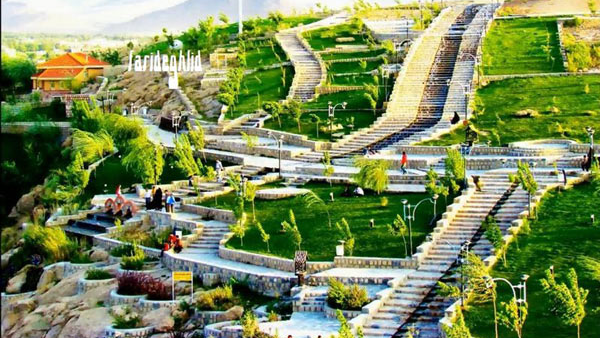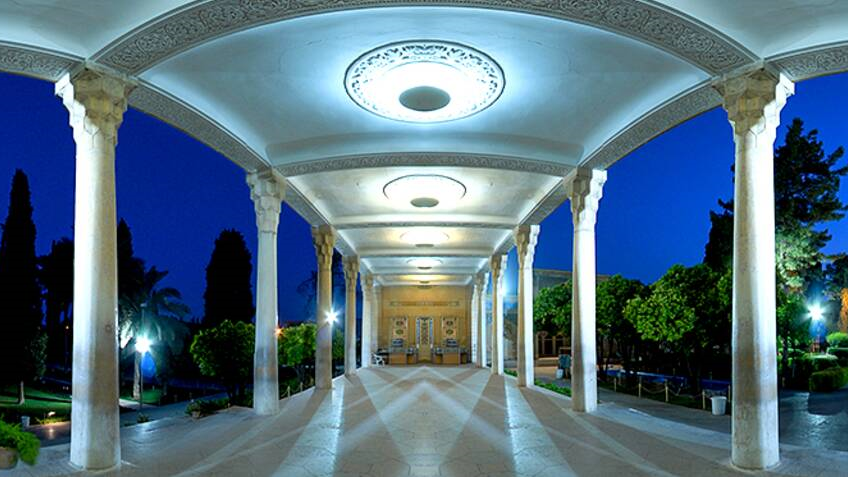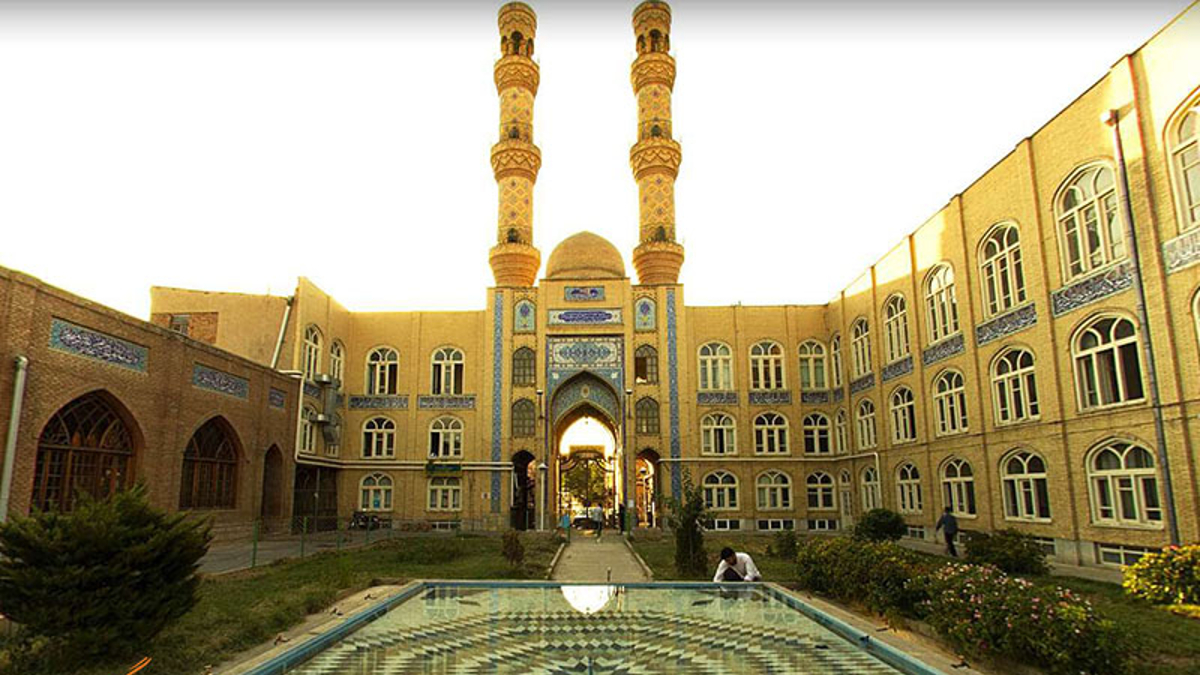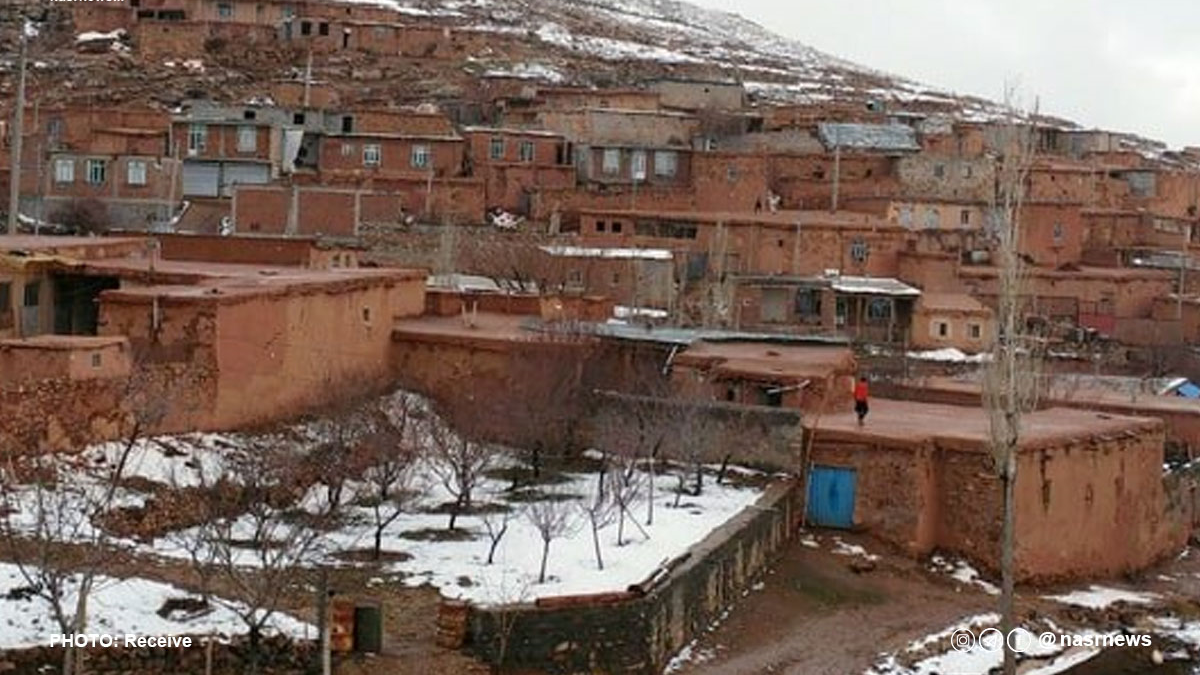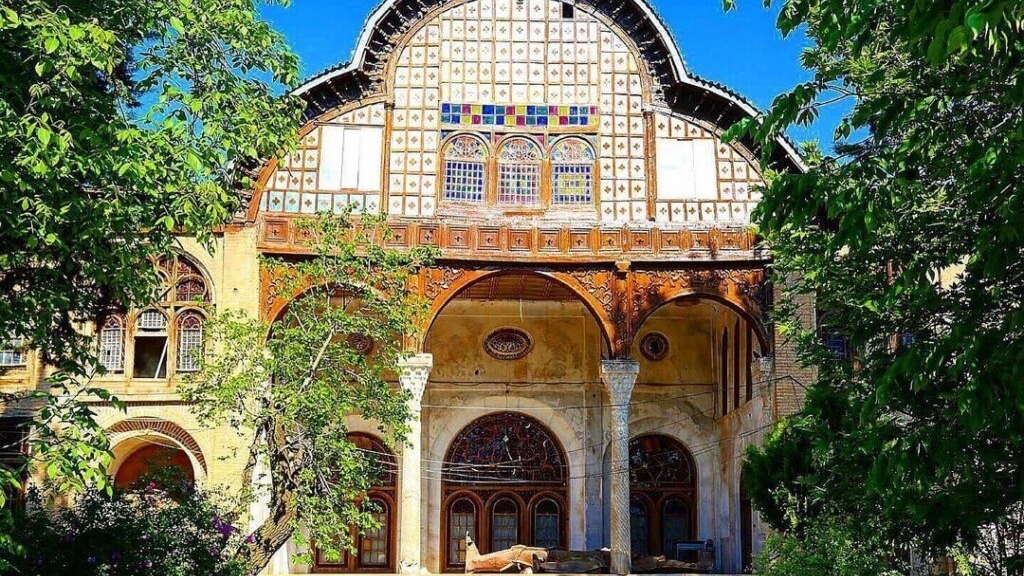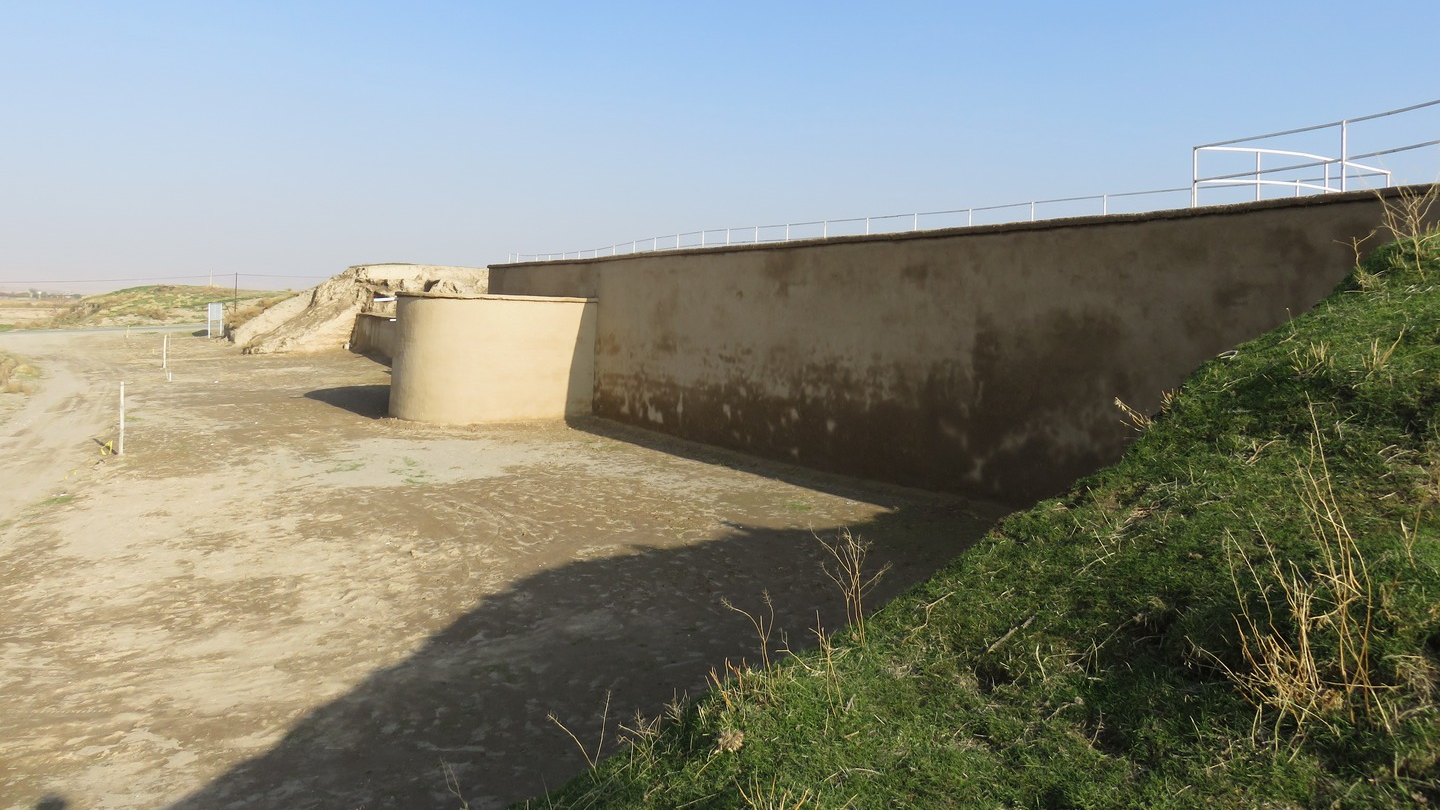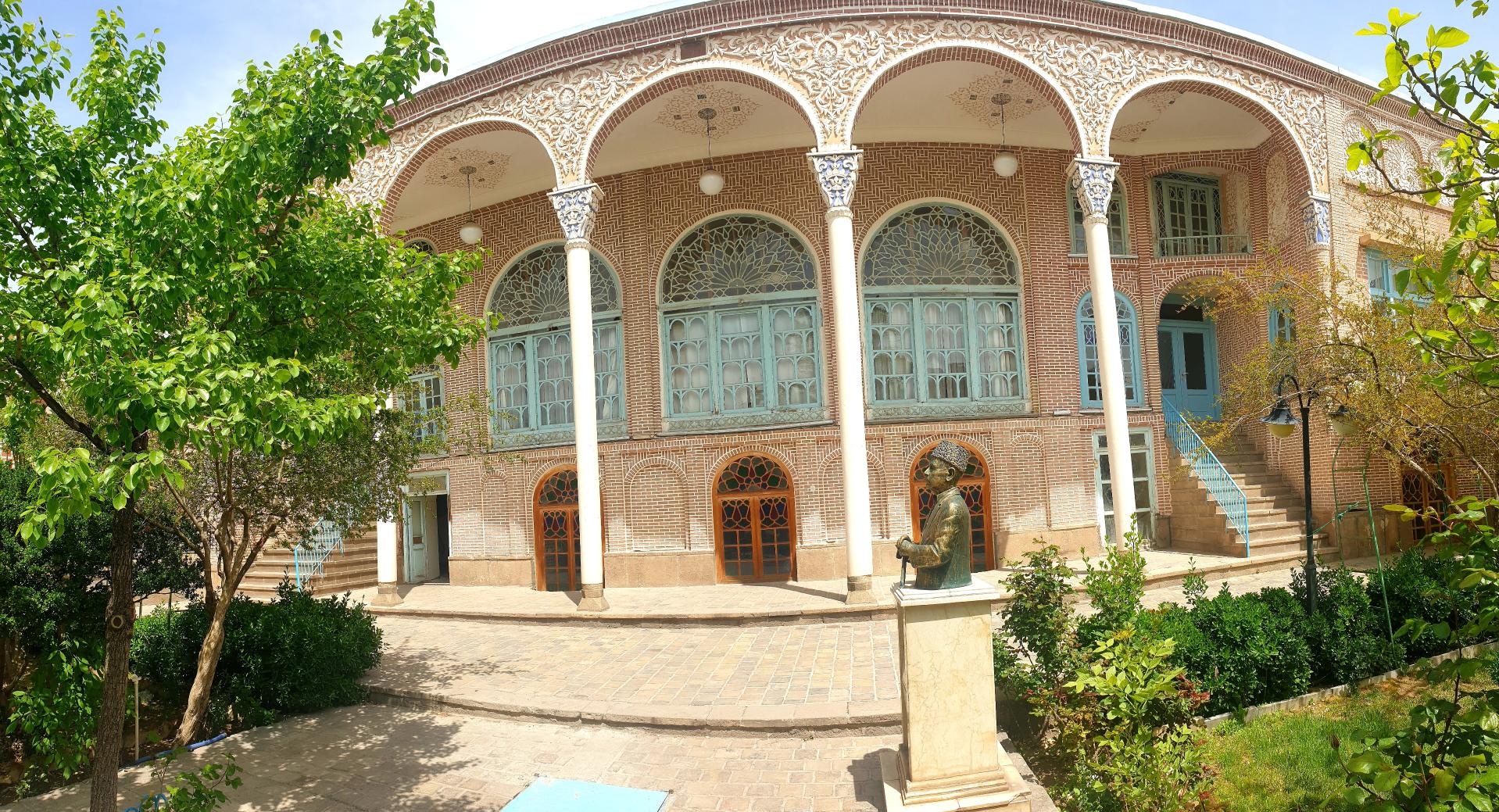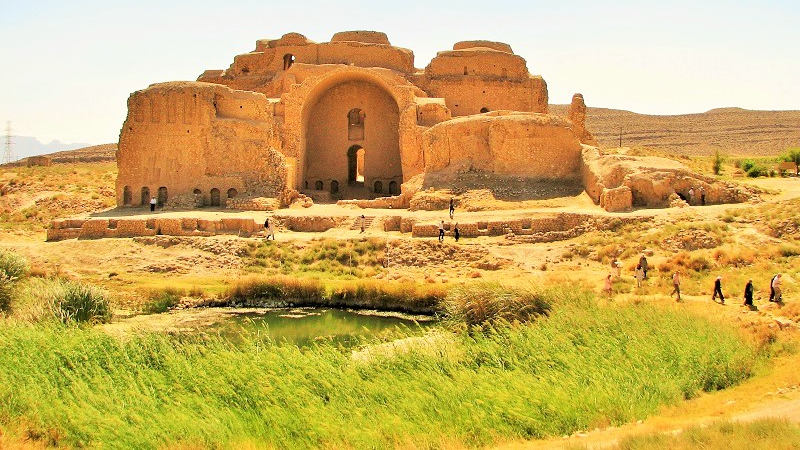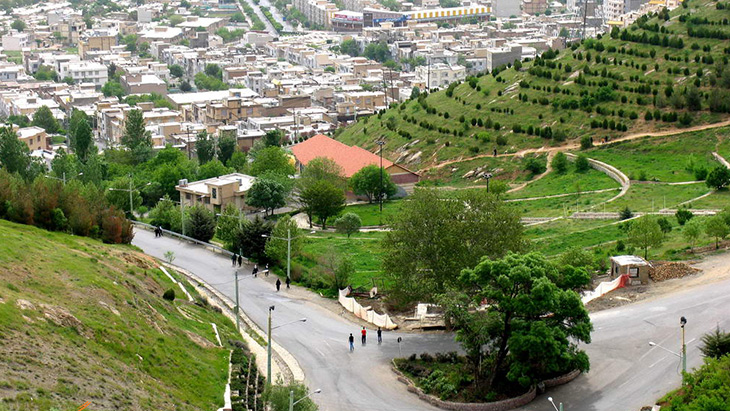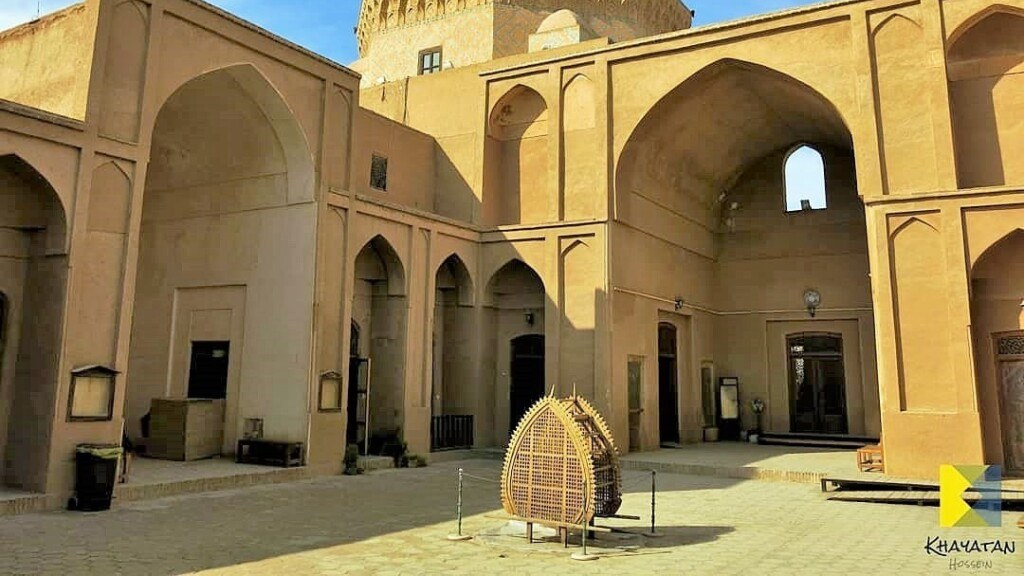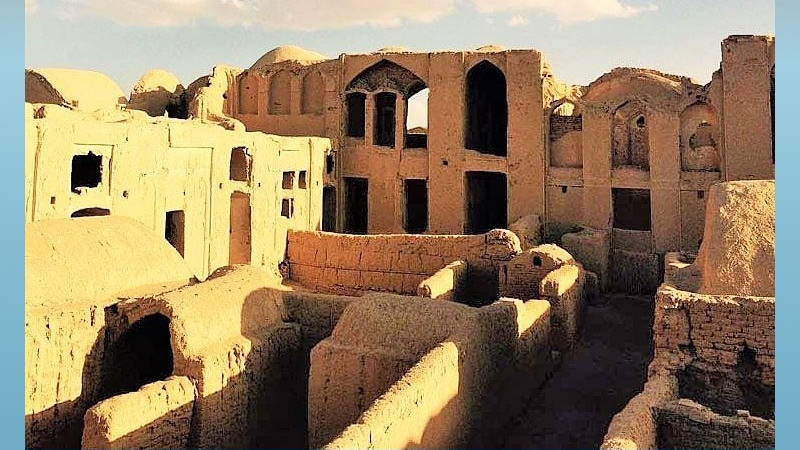
Tabriz Salambour Factory: A Milestone in Iran’s Leather Industry
Tabriz: A Pioneer in Leather Industry and Industrial Tourism
Tabriz, besides being one of the earliest and most important industrial cities in Iran, has a remarkable history in certain industries, particularly leather production and leather goods manufacturing, and remains a key producer in this sector. The availability of high-quality raw materials in Tabriz led to the establishment of numerous leather factories in the early 20th century.
The Vahabzadeh Salambour Factory, also known as the Tabriz Salambour Factory, was the first modern leather factory in Tabriz, ushering in a new era in the city’s industrial and historical development. The impact of this factory on Iran’s leather industry makes it an attractive site for industrial tourism, offering visitors a glimpse into the evolution of craftsmanship and industrial innovation in Tabriz.
Tabriz Salambour Factory: History and Industrial InfluenceThe Tabriz Salambour Factory began operations in 1936 (1315 SH). Its founder, Mirza Ahad Vahabzadeh, established the factory under the supervision and expertise of a Greek specialist, Gallif Roli. Following the factory’s establishment, numerous other factories quickly emerged in Tabriz. The abundance of high-quality, inexpensive raw materials, along with machinery that required relatively little capital to operate, provided substantial profits to local industrialists and encouraged the expansion of manufacturing workshops.
The growth of the leather industry in Tabriz continued steadily between the 1950s and 1970s (1330–1350 SH). In 1973 (1352 SH), the Organization for Development and Renovation of Iranian Industries was tasked with expanding the leather industry across Iran, using the Tabriz model as a blueprint.
Impact of the Tabriz Salambour Factory on the Local Industry
The establishment of the Tabriz Salambour Factory transformed traditional leatherworking methods, which had previously relied largely on inherited experience, and introduced a more advanced, industrial approach to leather production. One significant development following the factory’s establishment was the processing of hides from larger livestock, which had not been feasible in smaller, traditional workshops. The factory was once a vast industrial complex covering approximately 230,000 square meters, though today only its core structure remains.
Architecture of the Tabriz Salambour Factory
The original buildings of this complex were constructed with brick facades, utilizing a combination of mud-brick (kahlgel) and bricks. In the past, the factory was situated in the middle of a large garden known as “Bagh-e Sadr,” which has since disappeared due to urban expansion. Auxiliary units of the factory included sheet metal, paint, and particleboard (neopan) workshops. The tallest building in the complex, located on the eastern side, rises three stories and serves as the water tower. This building has a square-shaped plan and is entirely made of brick.
A building known as the "Electricity Building" was constructed to the west of the water tower. In the past, when modern electricity-generating equipment did not exist, large factories created their own power facilities, which not only met their internal needs but also supplied electricity to parts of the city. Evidence indicates that sections of the building were gradually added to the overall structure of the factory to accommodate developmental needs. For instance, a few years after the factory’s construction, residential and service buildings for workers were built. The administrative sections also gained an independent identity over the years. The management area, located in the western and northern part of the complex, consists of a central courtyard and a small entrance. In the southwestern part of the factory, there is a columned workshop where the bricks used are larger than those in other buildings. This workshop was likely built in the late 1960s (1340 SH). In terms of age, the workshop, warehouse, electricity building, and water tower are considered the original sections of the factory complex.
National Registration of the Tabriz Salambour Factory
This factory was registered on the National Heritage List of Iran in 2002. The Salambour Factory is located in the eastern part of Azadi Street in Tabriz, at the intersection with Dr. Fatemi Street (formerly Firouz Street).
| Name | Tabriz Salambour Factory: A Milestone in Iran’s Leather Industry |
| Country | Iran |
| State | East Azerbaijan |
| City | Tabriz |
| Type | Historical |
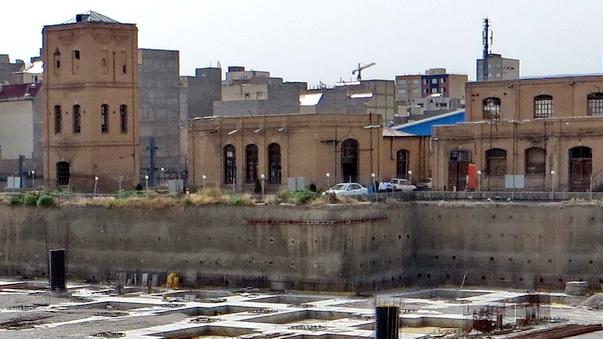


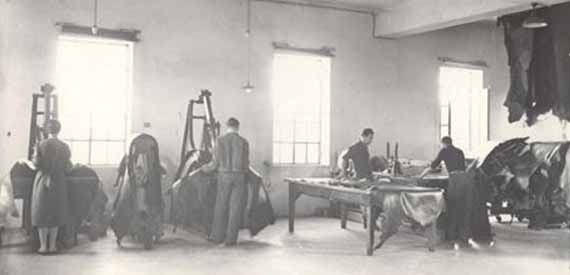




Choose blindless
Red blindless Green blindless Blue blindless Red hard to see Green hard to see Blue hard to see Monochrome Special MonochromeFont size change:
Change word spacing:
Change line height:
Change mouse type:

